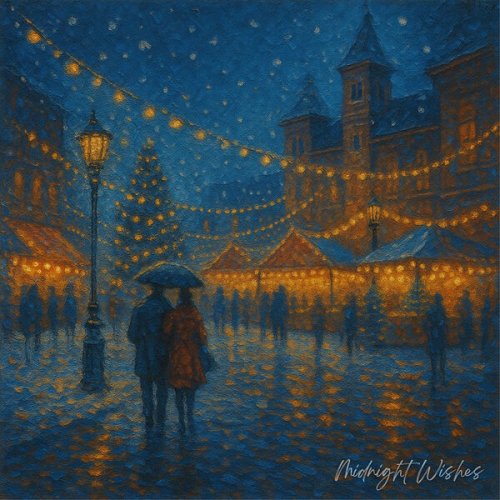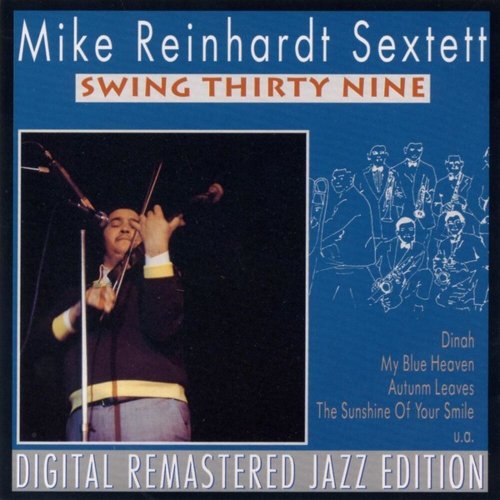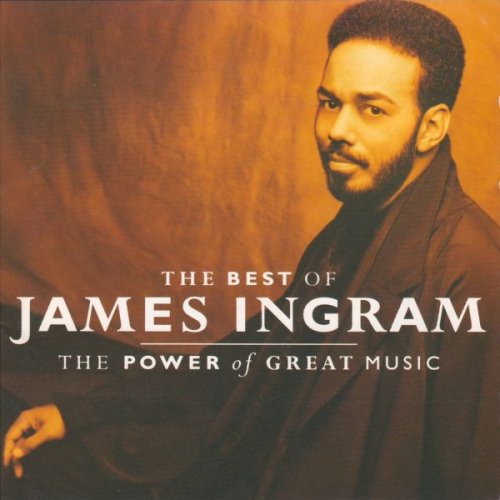Frankie Laine, Buck Clayton, Michel Legrand - Back in Swingtime (2021)
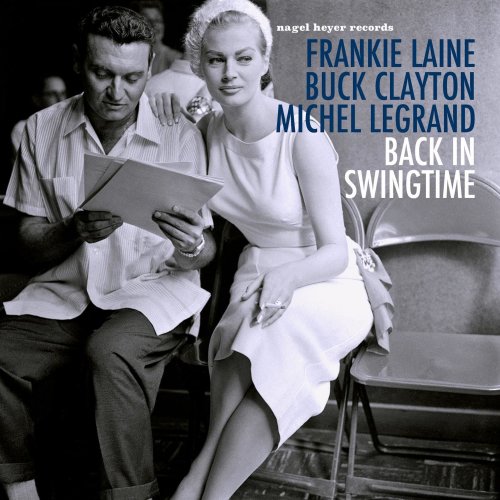
Artist: Frankie Laine, Buck Clayton, Michel Legrand
Title: Back in Swingtime
Year Of Release: 2021
Label: nagel heyer records
Genre: Jazz, Swing, Vocal Jazz
Quality: FLAC (tracks) / MP3
Total Time: 1:16:23
Total Size: 407 / 180 MB
WebSite: Album Preview
Tracklist:Title: Back in Swingtime
Year Of Release: 2021
Label: nagel heyer records
Genre: Jazz, Swing, Vocal Jazz
Quality: FLAC (tracks) / MP3
Total Time: 1:16:23
Total Size: 407 / 180 MB
WebSite: Album Preview
01. Stars Fell on Alabama
02. Baby, Just for Me
03. Lover Come Back to Me
04. If You Were Mine
05. You're Just the Kind
06. That Old Feeling
07. Dream a Little Dream of Me
08. Roses of Picardy
09. Until the Real Thing Comes Along
10. Taking a Chance on Love
11. Blue Moon
12. S'posin' (I Should Fall in Love)
13. Too Marvelous for Words
14. Marie
15. September in the Rain
16. You Can Depend on Me
17. To My Wife
18. Baby, Baby All the Time
19. I'm Confessin' (That I Love You)
Though his influence proved less durable than his record sales, Frankie Laine was one of the most popular vocalists of the 1950s, swinging jazz standards as well as half a dozen Western movie themes of the time with his manly baritone. Laine's somewhat artificial Western nature proved more successful in far-off England, where he set two chart records in 1953: his version of "I Believe" stayed at number one in the U.K. for an incredible 18 weeks, and his two subsequent chart-toppers that year ("Hey Joe," "Answer Me") set a record by putting Laine at number one for 27 weeks during the year.
Born in Chicago in 1913, Laine sang in the local church choir and first performed professionally at the age of 15. He moved to nightclubs by his later high-school years and began traveling around the country, performing as a singing waiter and dance instructor in addition to menial labor such as car sales and machinist work. Laine moved up a rung in 1937, when he replaced Perry Como in a regional big band led by Freddy Carlone. Laine was back on his own by the mid-'40s, but a stirring rendition of Hoagy Carmichael's "Rockin' Chair" performed one night when Carmichael was himself in the audience proved to be the young singer's break.
Carmichael found him a job at Hollywood's Vine Street Club and funded Laine's first recording session; his instincts proved to be spot-on, since one of the tracks, "We'll Be Together," became quite popular after Laine signed with Mercury Records in 1945. "That's My Desire" hit number four in the American charts two years later, and Laine re-entered the Top Ten in 1948 with "Shine." He hit the big time the following year, with two huge number one hits, "That Lucky Old Sun" and "Mule Train." Another chart-topper, 1950's "The Cry of the Wild Goose," was his last for Mercury, and he signed with Columbia just one year later.
Laine's Columbia career saw him move toward husky country & western pop with arrangements and orchestra conduction by Mitch Miller, the vocal pop impresario who produced some of the most schmaltzy pop music of the 1950s (and recorded it as well, in a series of Sing-Along with Mitch Miller LPs). Laine succumbed to Miller's machinations soon enough, and even though his debut Columbia single, "Jezebel"/"Rose, Rose, I Love You," was a double-sided Top Five hit, he never again reached number one in America. Instead, he settled for consistent Top Ten placings during the early '50s, with "Hey, Good Lookin'," "Jealousy (Jalousie)," "High Noon," "I Believe," and "Tell Me a Story." Laine proved to be far more popular in Great Britain and Europe than America during this time, and after his last American Top Ten hit ("Love Is a Golden Ring" in 1957), he turned to lavish cabaret tours that crisscrossed the world and found him turning to increasingly inspirational and religious material. He retired to his home in California during the mid-'80s. He passed away from heart failure on February 6, 2007. ~ John Bush
Born in Chicago in 1913, Laine sang in the local church choir and first performed professionally at the age of 15. He moved to nightclubs by his later high-school years and began traveling around the country, performing as a singing waiter and dance instructor in addition to menial labor such as car sales and machinist work. Laine moved up a rung in 1937, when he replaced Perry Como in a regional big band led by Freddy Carlone. Laine was back on his own by the mid-'40s, but a stirring rendition of Hoagy Carmichael's "Rockin' Chair" performed one night when Carmichael was himself in the audience proved to be the young singer's break.
Carmichael found him a job at Hollywood's Vine Street Club and funded Laine's first recording session; his instincts proved to be spot-on, since one of the tracks, "We'll Be Together," became quite popular after Laine signed with Mercury Records in 1945. "That's My Desire" hit number four in the American charts two years later, and Laine re-entered the Top Ten in 1948 with "Shine." He hit the big time the following year, with two huge number one hits, "That Lucky Old Sun" and "Mule Train." Another chart-topper, 1950's "The Cry of the Wild Goose," was his last for Mercury, and he signed with Columbia just one year later.
Laine's Columbia career saw him move toward husky country & western pop with arrangements and orchestra conduction by Mitch Miller, the vocal pop impresario who produced some of the most schmaltzy pop music of the 1950s (and recorded it as well, in a series of Sing-Along with Mitch Miller LPs). Laine succumbed to Miller's machinations soon enough, and even though his debut Columbia single, "Jezebel"/"Rose, Rose, I Love You," was a double-sided Top Five hit, he never again reached number one in America. Instead, he settled for consistent Top Ten placings during the early '50s, with "Hey, Good Lookin'," "Jealousy (Jalousie)," "High Noon," "I Believe," and "Tell Me a Story." Laine proved to be far more popular in Great Britain and Europe than America during this time, and after his last American Top Ten hit ("Love Is a Golden Ring" in 1957), he turned to lavish cabaret tours that crisscrossed the world and found him turning to increasingly inspirational and religious material. He retired to his home in California during the mid-'80s. He passed away from heart failure on February 6, 2007. ~ John Bush
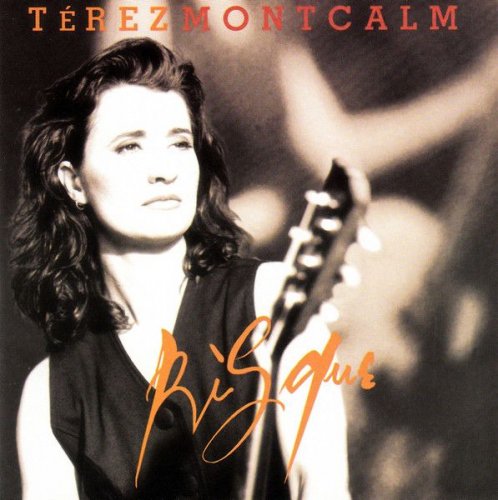
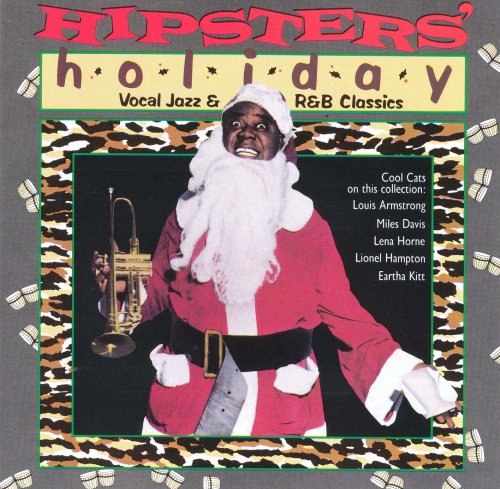
![Tim Richards - Tim Richards Hextet Telegraph Hill (2018) [Hi-Res] Tim Richards - Tim Richards Hextet Telegraph Hill (2018) [Hi-Res]](https://www.dibpic.com/uploads/posts/2025-12/1766996852_rqnxdiia2f5nc_600.jpg)
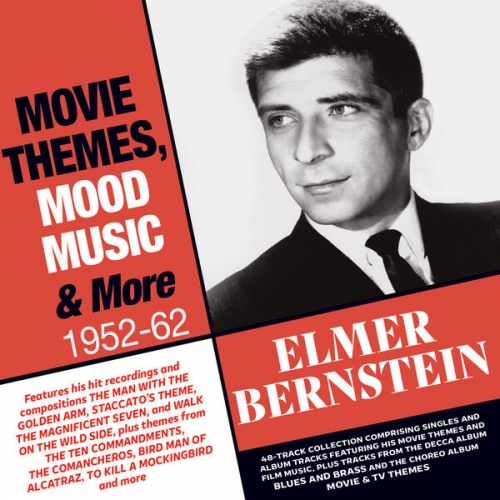
![Arnaud Quevedo - Live Quintet 2025 (Live) (2025) [Hi-Res] Arnaud Quevedo - Live Quintet 2025 (Live) (2025) [Hi-Res]](https://www.dibpic.com/uploads/posts/2025-12/1767018191_cover.jpg)
